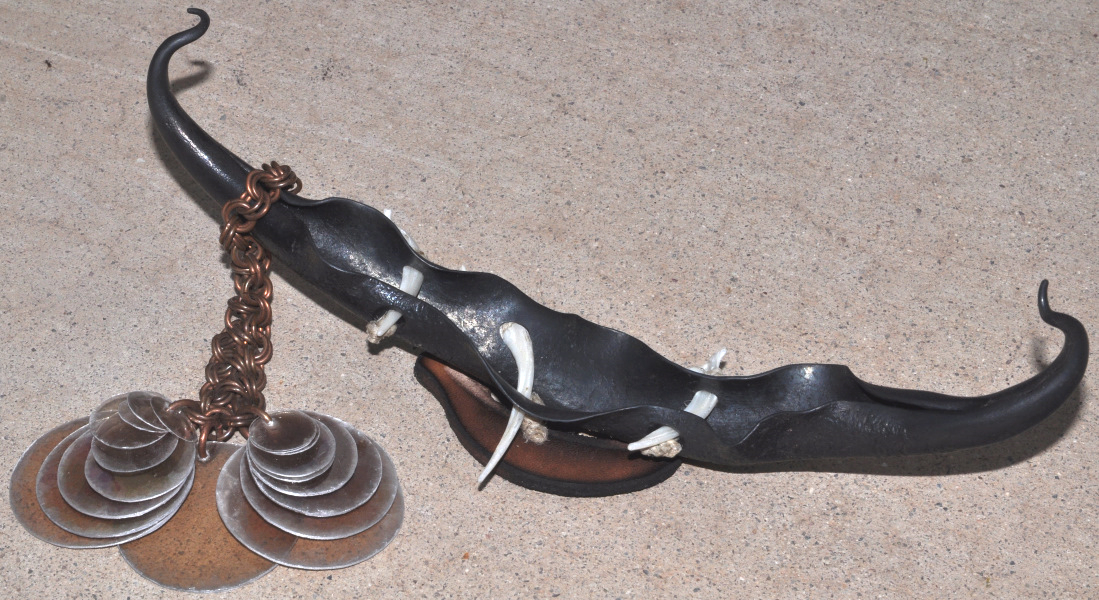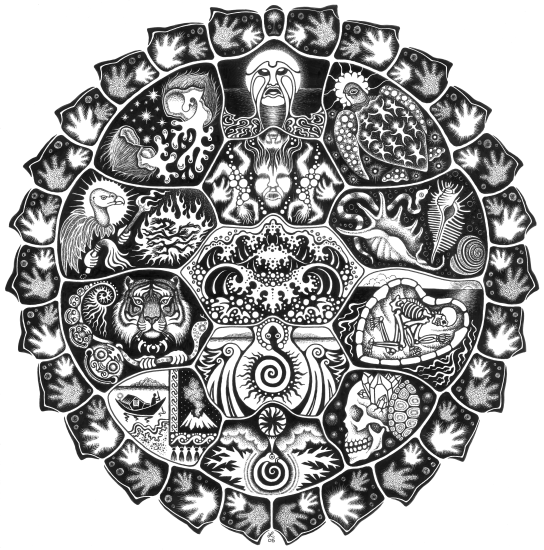
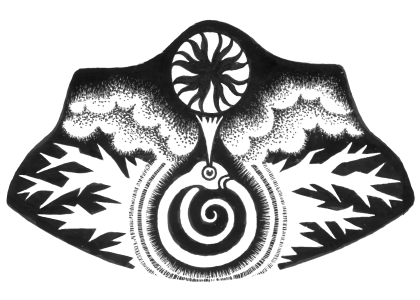
1. A great earthquake caused undersea landslides as Naga, the World Serpent, tectonic life-force of the planet, writhed under the ocean crust. Five days after the winter solstice, the pale sun flickered on the swirling water, but it will never illuminate the Serpent's eye.
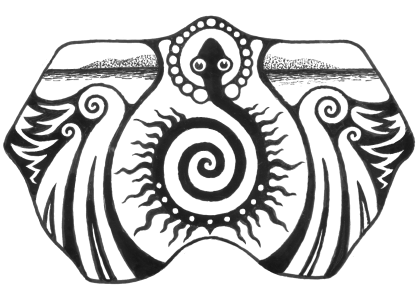
2. The uncoiling power of the earthquake spawned a swell in the ocean, a compression wave that did not simply swirl across the surface like an ordinary stormwave, but walked on the seabed in all directions at once. The seismograph needles recorded its jagged energy in zigzag lines.
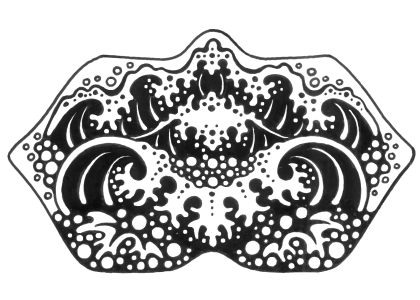
3. The sea drew back from the coast with a rush of wind and tiny waterfalls, and for a few moments it revealed a coastline that had never been exposed before. Then the three great waves came, one on top of the other, a wall of deep blue water with a foaming mountain crest that exploded in whirlpools when it smashed into the beach.
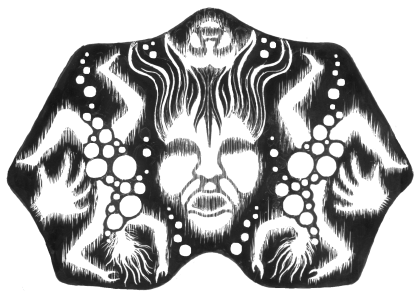
4. A dizzying number of people were lost. Some were indoors and had no warning until their houses collapsed. Others saw the wave and could not or would not run away. In Aceh, many were already confused and injured after the earthquake, and were caught in the chaos as the water rose through fallen buildings and debris-choked streets. Each body that washed up afterwards had a story, but the tales had dissolved into the sea, and they lost all meaning anyway as the numbers of dead rose beyond comprehension. After two hundred and sixty thousand, people stopped counting.
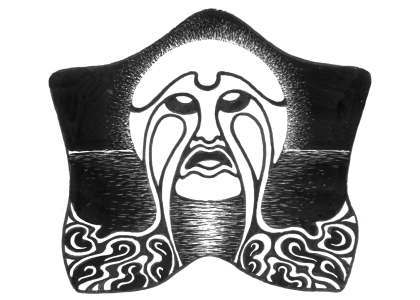
5. Even the Moon wept, for many of the drowned were her own fishing folk, and she looked into the dazed painted eyes of broken boats that stared impossibly from rooftops. She wept also for the sea's children, the smashed coral reefs and their myriad creatures smothered under scouring sand.
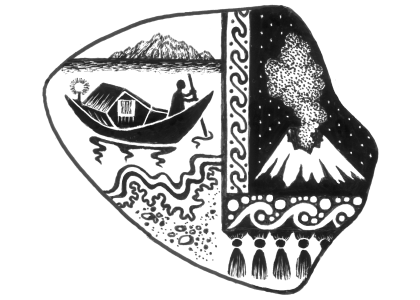
6. Thailand's Moken Sea Gypsies survived the wave, recognizing the threat in the ominous retreat of the water from tales handed down by ancestors. In this picture, a wall hanging forms the door of the boat's tiny dwelling. Woven of Indonesia's famous ikat cloth, it depicts the eruption of Krakatoa, the volcano that exploded off Sumatra's southeast coast in 1883, causing a tsunami in these same islands. Are some of Aceh's tsunami survivors the descendants of refugees from Krakatoa?
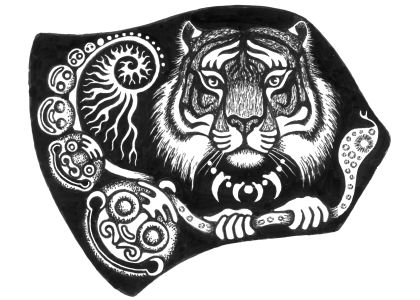
7. An Indonesian shaman transforms into a tiger to guide the souls of the dead, and to chase the spirits of sickness away from the homeless people who are now vulnerable to hunger and illness. To make the necessary journey, the shaman catches a snake and tames this earth spirit into a rope hung with brass tiger bells, making a ladder into the sky.
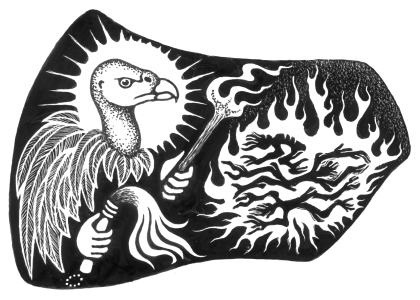
8. A figure with the head of an Indian vulture carries a shaman's purifying flywhisk and lights a funeral pyre with a torch of incense. The despised but sacred task of burning bodies is necessary to prevent disease among the survivors, and many believe that it releases the spirits of the dead. India's vultures have suffered a frightening decline in the last decade and are now endangered in the southern part of the country. Some people attribute this decline to toxins or pesticides, and see it as a sign of greater environmental imbalance.
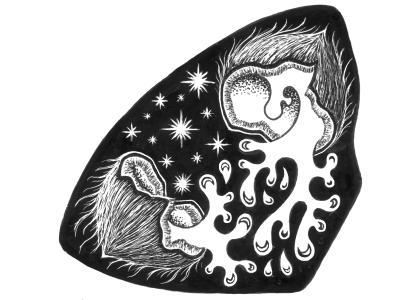
9. A cracked coconut, fruit of the tree of life, rains sweet moon-milk. It is not just a symbol of purity and survival, but its very substance, and in all the affected lands it is a familiar and comforting food. Coconuts floated on gentle tides to the few survivors who clung to scraps of wood in the sea, quenching their thirst until help arrived. Coconut wood, leaves, and fiber build temporary shelters and permanent new homes. The husks make bowls and utensils to feed the hungry and carry women's prayers and offerings to the Goddess of the Sea.
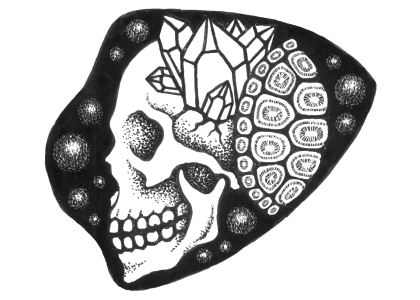
10. The bodies of many of the dead are never found, but undergo mysterious transformations. To find their souls, the most primitive shamans use quartz crystals and the skulls of ancestors in divination rituals.
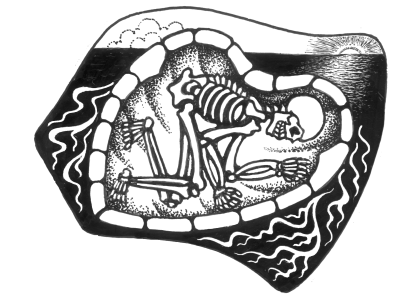
11. A single skeleton, curled up in a sea turtle shell, is cast adrift toward the sun in a heart-shaped boat on a quiet sea. It could be anyone's. In the Andaman and Nicobar islands, the wave swept away sea turtle nesting beaches, coral reefs, and fishing grounds. The earthquake slightly repositioned some of the islands, and the surviving tribal people say that the tides are now unfamiliar.
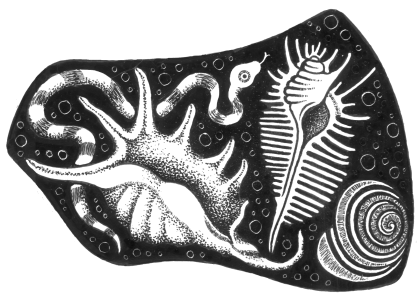
12. The calcium in the skeleton is transformed into a handful of uniquely beautiful Indian Ocean shells, and the chaotic energy of the Naga drifts away in the form of a graceful sea krait whose poison holds no threat for the shells. A hand curls into a spider conch and the ribs and other bones form the combs of a murex. The eyesockets swirl into sundials, the snails that are called Architectonica, builder of worlds.
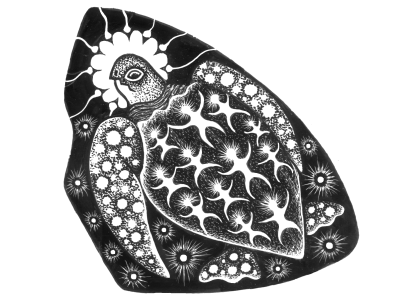
13. Lit by a jellyfish moon, spirits ride the back of a leatherback sea turtle on their final journey to the deep ocean or the night sky. Undersea or deep heaven, it is all one to the Swimmer, who dives to sunless depths with constellations sparkling on her back, and wanders the globe on the sea-road of the Milky Way.

